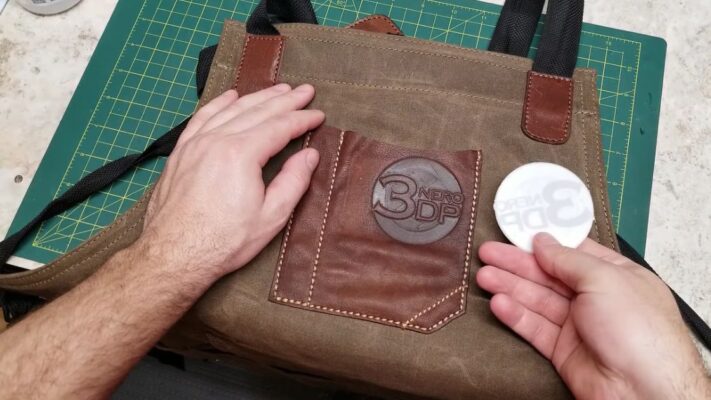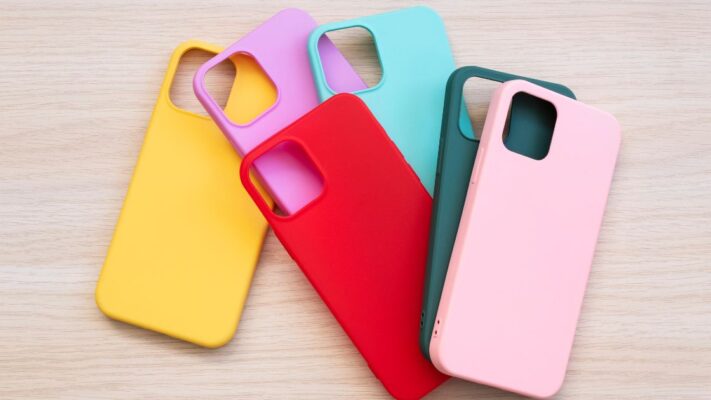The ongoing debate surrounding the efficacy of business cards in today’s digital era continues to spark discussion. While some argue that they’re relics of a bygone networking era, others attest to their enduring value in forging lasting connections. The reality? It varies depending on who you ask. Nonetheless, the importance of having a business card readily available cannot be overstated, particularly in unexpected encounters with potential clients or connections. This article will show you how to design your perfect business card. Let’s follow along!
Information needed on a business card
- Logo: Your company logo serves as the foundation of your brand identity. Ensure it’s prominently displayed on your business card to reinforce professionalism and brand recognition.
- Company Name: If your logo doesn’t explicitly state your business name, include it on the card for clarity and brand reinforcement.
- Your Name: Personalize your business card by prominently featuring your name. This establishes a direct connection with potential clients or contacts.
- Job Title: Provide a concise description of your role within the company to give recipients a clear understanding of your expertise and responsibilities.
- Email Address: Make it easy for prospects to reach out by prominently displaying your business email address.
- Phone Number: Include a contact number if phone communication is essential for your business. This adds convenience for recipients who prefer this mode of contact.
- Website: Direct recipients to your online presence by including your business website URL. This allows them to learn more about your products or services.
- Tagline: A catchy slogan or tagline can reinforce your brand message and make your card more memorable. Choose a concise phrase that encapsulates your brand’s essence.
- Social Media Info: If relevant, include links to your social media profiles to encourage further engagement and interaction with your brand.
- Call to Action: Encourage recipients to take action by adding a clear call-to-action, such as “Visit our website” or “Email me for a consultation.” This prompts them to engage with your brand beyond the initial interaction.
- Additional Details: Depending on available space, consider including supplementary information like your physical address or business hours. This provides recipients with comprehensive information about your business.
How to design a business card
Beyond being a mere piece of paper with contact information, a business card serves as a potent marketing tool. Crafting an impactful business card demands careful consideration and strategic design to ensure it leaves a memorable mark. Here are some strategies to create an effective business card:
Optimal Size
Strike a balance between visibility and portability, typically opting for dimensions of 3.5” x 2”, though variations may be considered for additional information or online profiles.
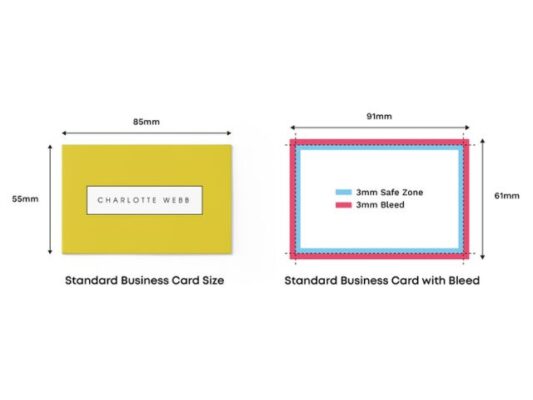
Brand Color Scheme
Utilize your brand’s color palette to reinforce brand identity and foster recognition among potential clients.
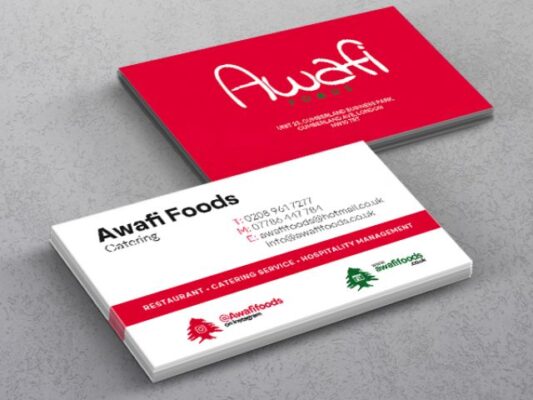
Logo Inclusion
Incorporate your company logo to bolster brand recall and visibility on the card.
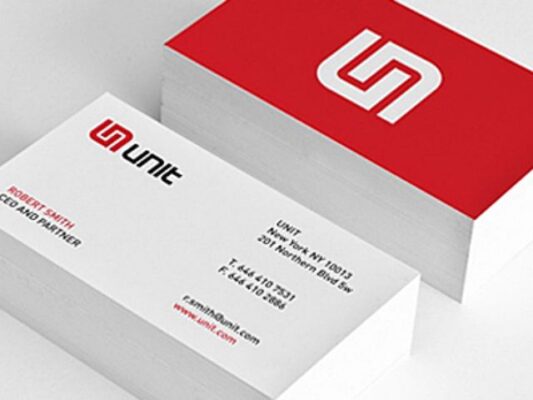
Complete Contact Details
Ensure all relevant contact information, including phone number, email, website, and social media handles, is included on the card.
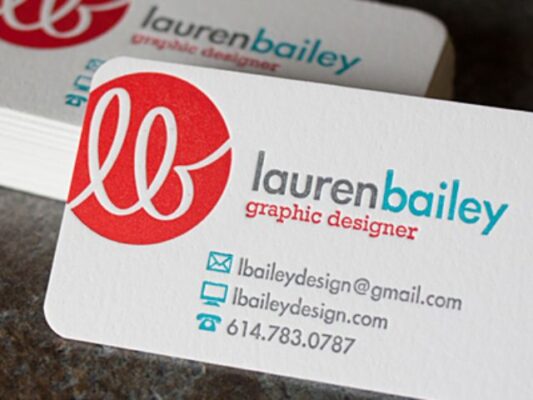
Quality Materials
Invest in high-quality cardstock to convey professionalism and durability, exploring options like metallic or raised ink for added flair.
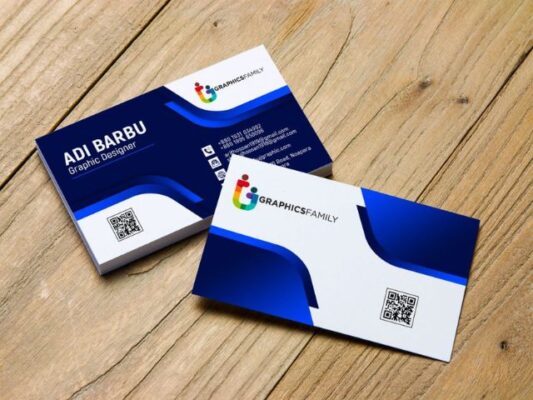
Persuasive Call to Action
Include a compelling call to action that encourages recipients to take the next step, be it contacting you or visiting your website.
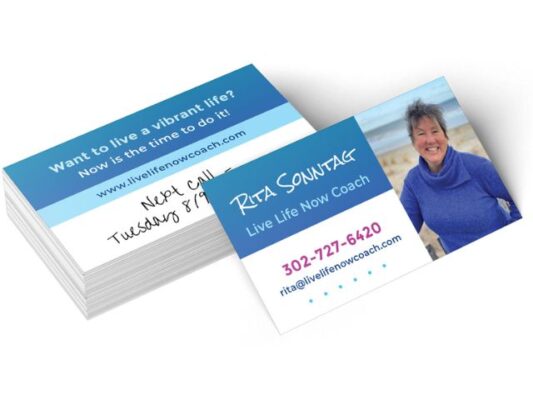
Simplicity is Key
Avoid clutter and complexity, focusing instead on essential information that clearly conveys your brand message.
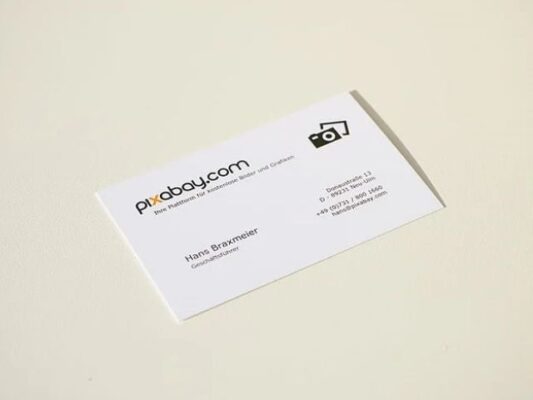
Printing Considerations
Choose between DIY printing with quality equipment or professional printing services for superior results.
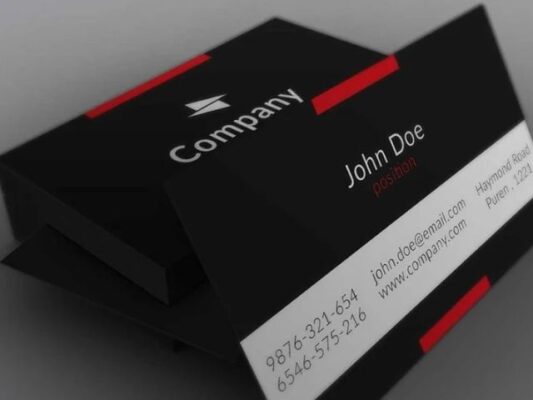
Proofreading
Before printing, meticulously proofread your card for accuracy, ensuring all details are correct and up-to-date.
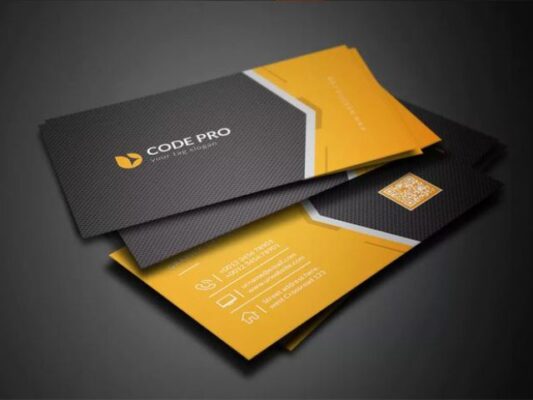
QR Code Integration
Enhance accessibility by incorporating a vCard QR code, linking to your contact information or promotional offers.
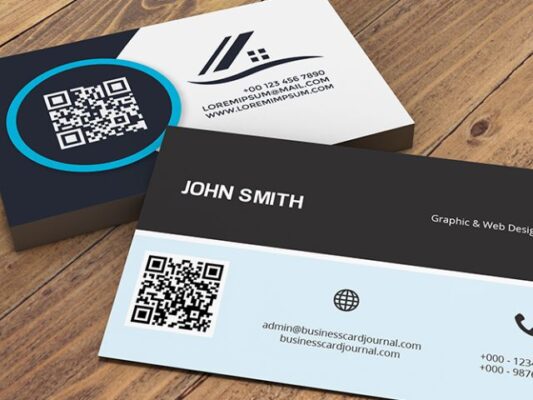
Legible Typography
Select a readable font aligned with your brand’s style, avoiding overly intricate or illegible typefaces.
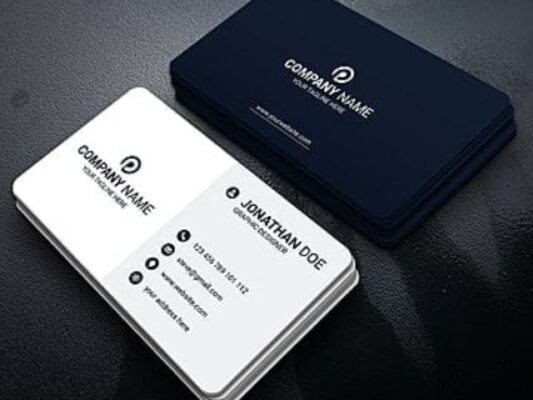
Personalization
Consider adding a headshot for a personal touch, helping recipients associate a face with your brand.
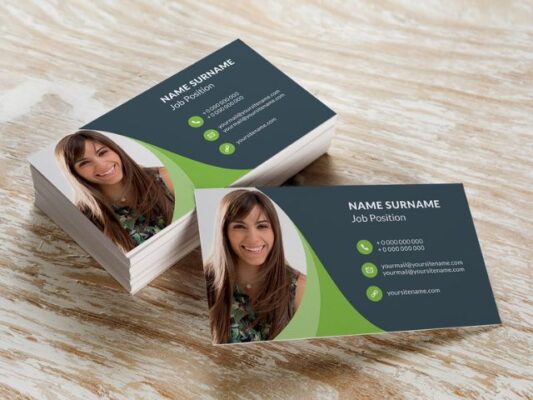
For those seeking cost-effective design solutions, several free online tools offer user-friendly templates and customization options, including Canva, Visme, Adobe Express, Jukebox, Business Card Maker, VistaCreate, and Shopify’s Business Card Maker.
In conclusion, despite ongoing debates, business cards remain invaluable assets in networking and branding efforts. By adhering to strategic design principles and leveraging available resources, you can create business cards that leave a lasting impression and facilitate meaningful connections.
Related Posts




